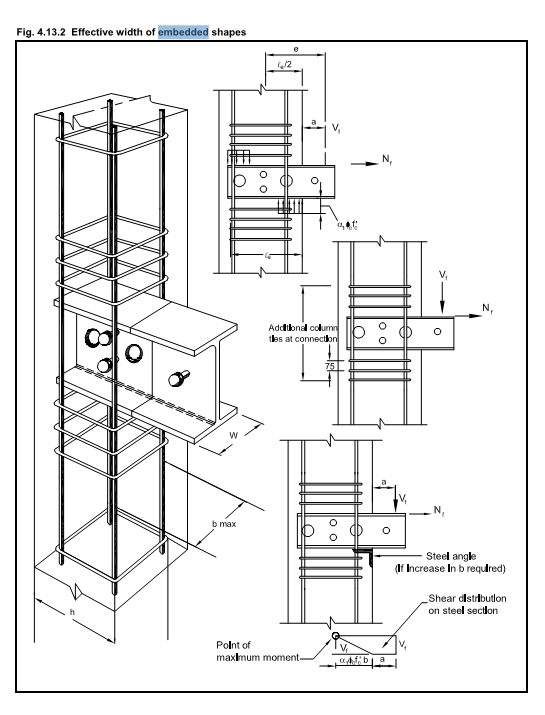countryjob
Structural
1) Looking for some help in the design of anchors for base plates. Could someone point out the best place to get design standards for this or even recommend a source of examples.
2) Also I have a design issue with the embedment of a steel pole say 50mm diameter buried in concrete. What is the minimum edge distance of concrete and how do I design for this.
Hopefully someone can recommend some guidance on the above.
2) Also I have a design issue with the embedment of a steel pole say 50mm diameter buried in concrete. What is the minimum edge distance of concrete and how do I design for this.
Hopefully someone can recommend some guidance on the above.

